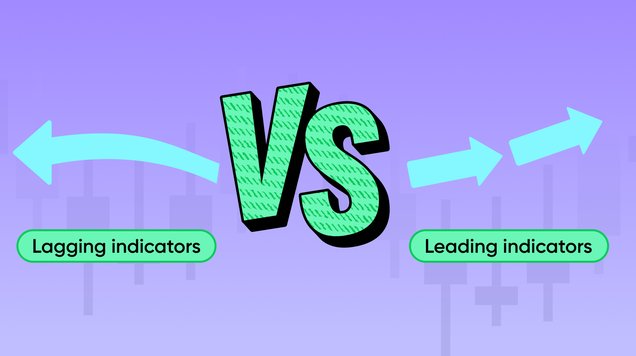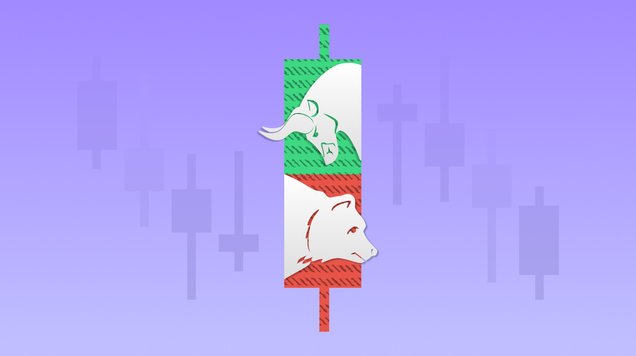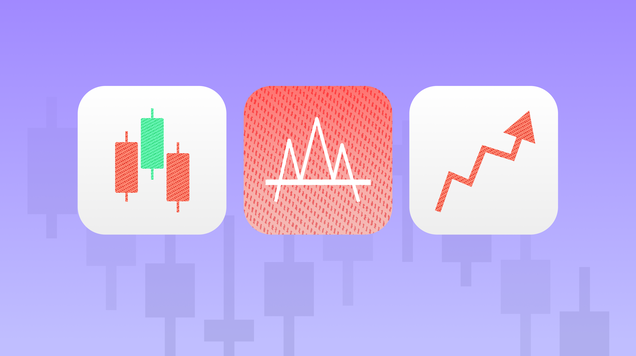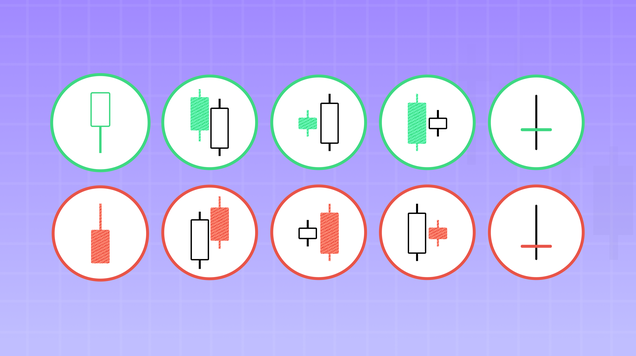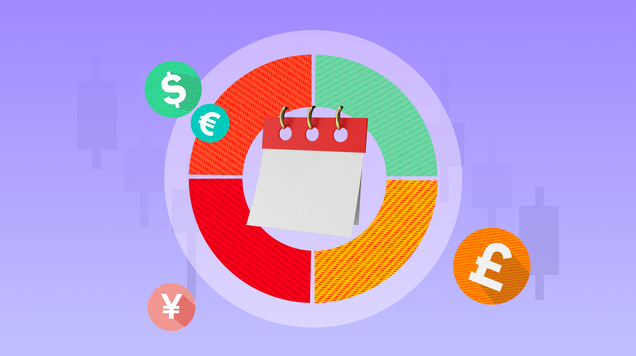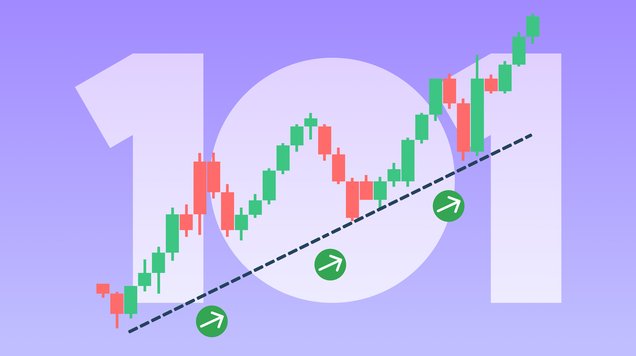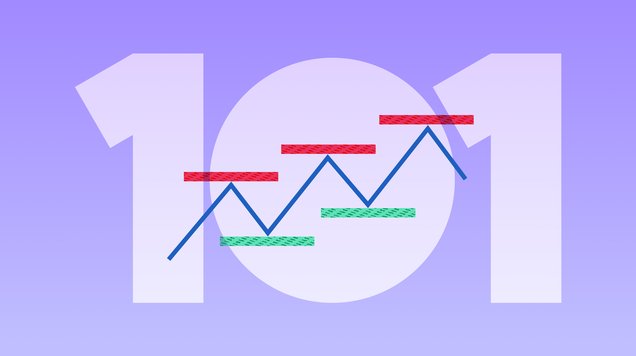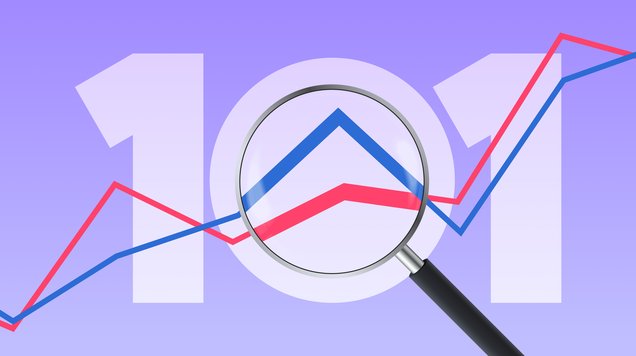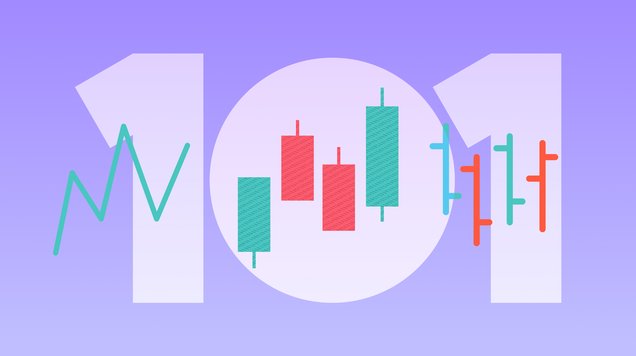Sentiment Analysis 101
Learn the basics of using sentiment analysis and discover how you can profit from understanding market moods.
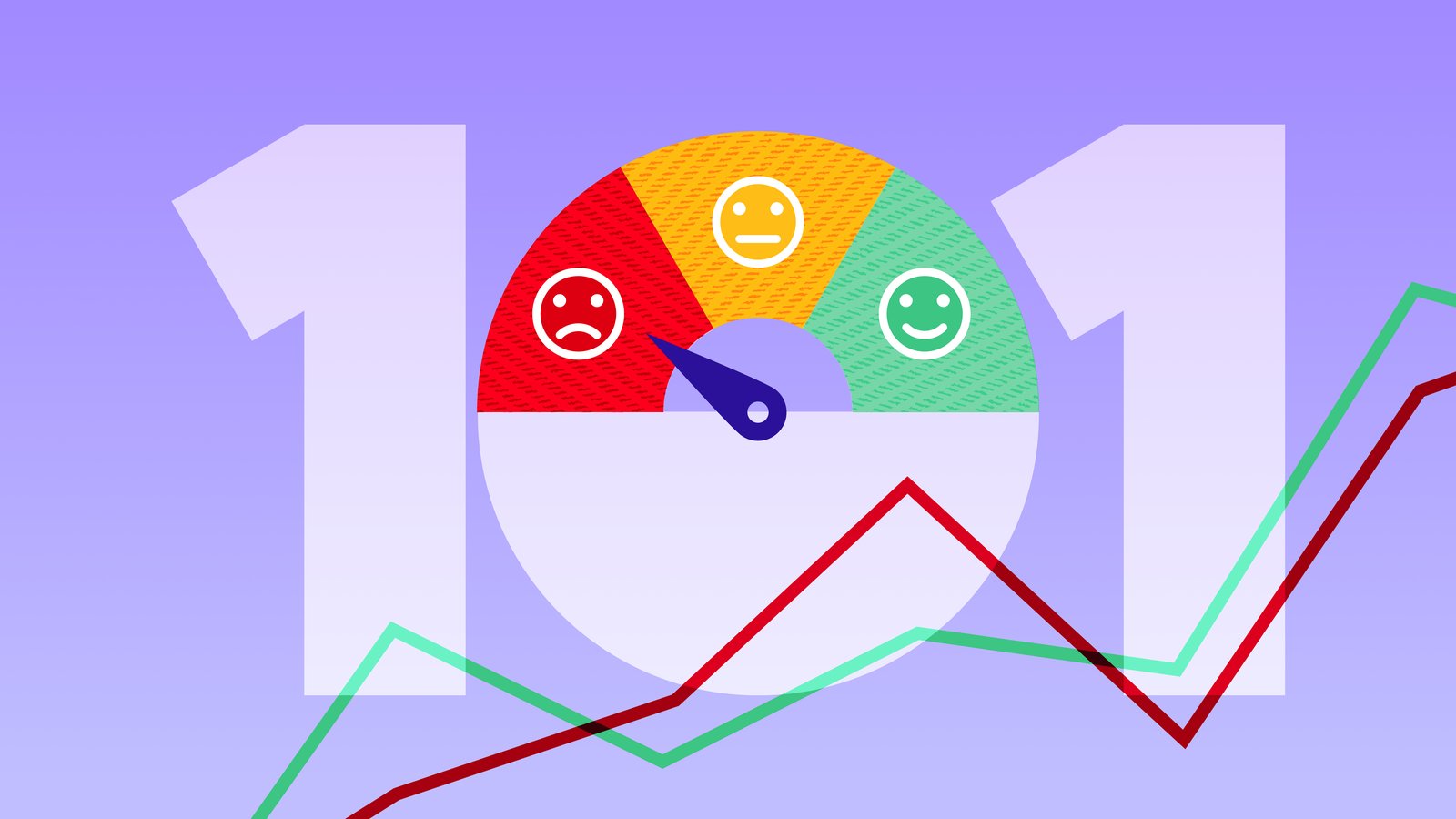
Market sentiment means the overall mood of investors in the market, which can drive asset prices up or down
Sentiment analysis analyses the moods and attitudes of traders to predict future market movements, and is sometimes called FOMO trading
Learning how to gauge market sentiment can help traders make more informed decisions when it comes to entering and exiting a position in the market
There are various tools available to traders to identify the current market sentiment, from using volatility indices to analysing social media and news
What is sentiment analysis?
Emotion is an integral part of trading and if decisions were only ever based on empirical data, every trader would act the same. Traders use factual data and information to decide something, but their personal opinions and feelings will always influence their decisions as well. When the thoughts and feelings of all traders and investors are combined, it has the collective power to affect markets.
Market sentiment means the overall attitude and mood of traders in a financial market. Market sentiment is often described as either bullish or bearish. The mood of the market is bullish when investors are optimistic, and bearish when they’re pessimistic. For example, if the mood of the market is bullish, the price of a financial product, such as a forex pair or commodity, is expected to rise. On the other hand, if the mood is bearish, the price is expected to drop.
When traders take a long position, it means that they’re bullish and expect the price to rise, prompting them to buy the financial product, such as a share. In contrast, when they take a short position, it means that they’re bearish and expect the price to decrease, leading them to sell the product.
Sentiment analysis focuses on analysing the attitudes, moods, and sentiments of the traders as these have an impact on how they buy and sell financial instruments. Technical analysis looks at historical price data. Fundamental analysis looks at the present financial numbers and reputation of a company, as well as wider economic factors. Sentiment analysis looks at more abstract information as it’s based on the collective mood of a market towards a particular asset or market.
Traders can analyse real-time market sentiment but it’s more useful to look at how the market sentiment might change in the future as this creates trading opportunities. Because emotions and sentiment can change quickly, sentiment analysis is most useful in short-term scenarios.
Useful indicators for market sentiment analysis
There are specific indicators and signals available to help traders to analyse the current market mood. Here are some commonly used sentiment analysis indicators:
Commitments of Traders Report (COT)
The Commodity Futures Trading Commission releases a report every Friday that shows the current net long and net short positions of speculative and commercial traders. The data can show you how the biggest traders in the market are positioning themselves. If you notice these traders becoming bearish in a bullish market, it could be a sign that things are about to change.
Bullish Percent Index (BPI)
The index that measures stocks with a bullish pattern using point and figure charts. Traders using the BPI see a percentage score that indicates the mood of investors. A reading of 50% signals neutral sentiment; anything over 70% indicates bullish sentiment; and anything under 30% indicates bearish sentiment.
Volatility Index (VIX)
The VIX is published by the Chicago Board Options Exchange (CBOE) and tracks market volatility. It’s informally known as the ‘fear index’ and it helps traders react to any observed increase in volatile trading conditions, as an increase in volatility might suggest current trends are about to reverse.
The High-Low Index
This index compares stocks moving to their highest point in 52 weeks to those moving in the opposite direction. This calculates the average direction in which things are moving. Like the BPI, an index score below 30 is bearish and above 70 is bullish.
Advantages of using sentiment analysis in trading
Successful trading doesn't rely on a single set of rules. Traders can develop their own strategies based on their risk tolerance, how much time they have, and their financial resources. However, incorporating sentiment analysis in trading can have major benefits.
One is the availability of proven indicators that help traders understand the mood of a market. Unlike a feeling that’s based on little evidence, market sentiment can be verified with the tools introduced above amongst others.
On top of current sentiment, the VIX provides a future-looking component of sentiment analysis. Because it's based on the options market, and because options are future-dated, if there are more ‘puts’ (rights to sell) in play it can suggest that prices are about to become unstable.
Because fundamental and technical analysis are based on historical data, they can give a clear picture of what has happened in the market but may provide less accurate information about the future. Forward-looking sentiment analysis can help you to stay ahead of market movements and identify interesting trading opportunities.
Like any other tool and strategy, sentiment analysis has potential drawbacks as well. Sentiment is subjective and influenced by emotions like fear and greed. Trends or prices can be temporarily skewed, and traders might act on an idea that isn’t justified by data. There’s also a chance sentiment analysis can potentially lead to false signals as the market mood may not always be reliable or is too temporary. This is sometimes called a ‘big short’ or ‘big squeeze’.
Other forms of sentiment analysis
There are many helpful ways to gauge sentiment that traders can use to inform their trading decisions. Some of the other popular ones include:
Volume analysis
Analysing the volume of trades and orders can determine whether buyers or sellers are in control of a particular product or market. Volume can be a signal of market strength, as rising markets on increasing volume are generally seen as strong and healthy.
Social media sentiment analysis
Reviewing public social media posts to determine the current mood around a particular product or market.
News sentiment analysis
Staying up to date and analysing news articles and headlines to determine the current sentiment and impact on markets.
Sentiment analysis with fundamental and technical analysis
Your trading strategy can benefit from a combination of all three main forms of market analysis – fundamental, technical and sentiment. Using sentiment indicators with technical and fundamental analysis can provide stronger evidence to support your predictions about future market movements and, therefore, lead to more informed trading decisions.
Fundamental analysis can help build a foundation for trading decisions. You can then layer it with technical analysis to confirm whether recent price movements match your expectations.
The next step is to determine the overall mood towards a specific financial product or market. Sentiment analysis offers two options: The first involves trading in line with the overall mood, while the other option involves taking the opposite approach and selling when others are buying – for example, if you think current sentiment is misplaced.
The success of your trading strategy depends on your risk appetite and overall goals, but the combination of analyses can improve your chances of success in trading. You can easily test your market analysis skills with a risk-free demo account. A demo account gives you access to useful analysis tools on the real trading platform such as technical indicators, market news and economic calendar. If you are already a more experienced trader, you can also access all these useful tools when you get a live trading account.
